By Christopher Miskimon
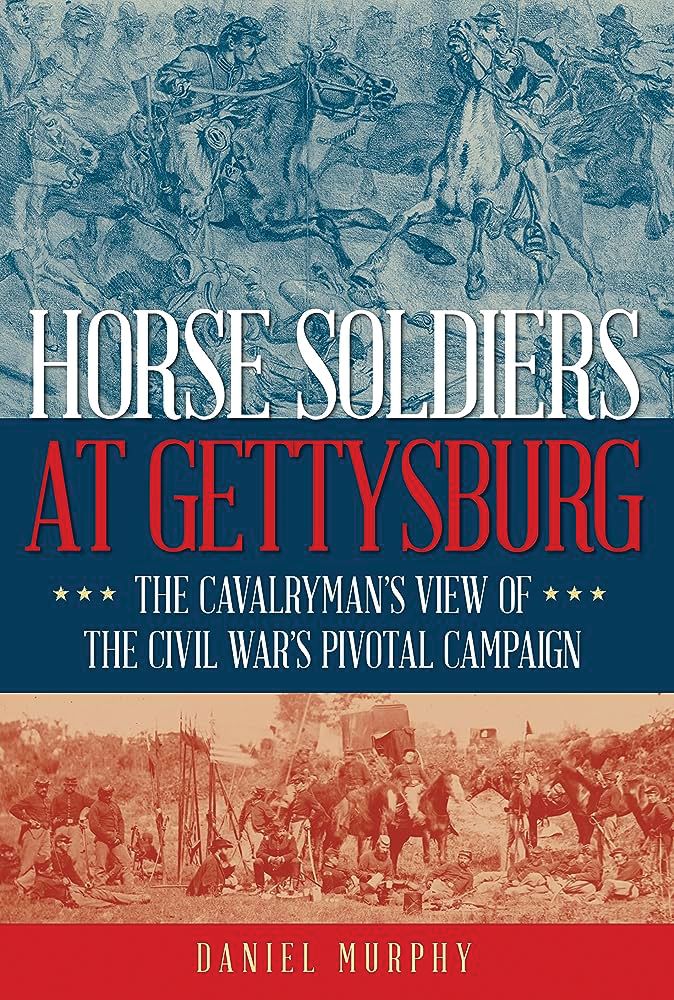 On the evening of June 30, 1863, Union General John Buford’s 1st Division of cavalry prepared to meet advancing Confederate troops, the next day. Speaking to his brigade commanders, Buford told them, “They will attack you in the morning, they will come booming – skirmishers three deep. You will have to fight like the devil to hold your own until supports arrive.” Buford realized his command had to hold the Confederates at bay long enough for the Federal I Corps to arrive and secure Gettysburg, which contained an important crossroads. Delay was his only option, since his troops were too badly outnumbered to repulse their foes completely. Buford’s troops were liberally armed with breech-loading carbines, which increased their rate of fire and would even the odds as long as their ammunition held out. The Union horsemen could also use natural cover provided by the ridges west of town. When Confederate General Henry Heth’s men came marching down the Chambersburg Pike the next morning, Buford’s cavalrymen were ready.
On the evening of June 30, 1863, Union General John Buford’s 1st Division of cavalry prepared to meet advancing Confederate troops, the next day. Speaking to his brigade commanders, Buford told them, “They will attack you in the morning, they will come booming – skirmishers three deep. You will have to fight like the devil to hold your own until supports arrive.” Buford realized his command had to hold the Confederates at bay long enough for the Federal I Corps to arrive and secure Gettysburg, which contained an important crossroads. Delay was his only option, since his troops were too badly outnumbered to repulse their foes completely. Buford’s troops were liberally armed with breech-loading carbines, which increased their rate of fire and would even the odds as long as their ammunition held out. The Union horsemen could also use natural cover provided by the ridges west of town. When Confederate General Henry Heth’s men came marching down the Chambersburg Pike the next morning, Buford’s cavalrymen were ready.
This new book provides an excellent account of the cavalry operations of both sides at the most critical battle of the Civil War. The first few chapters inform the reader of how cavalry were organized, armed and employed during this period before the work goes on to enlighten about the particular actions leading up to and during the battle. The author’s experience as a horseman adds value to the account as he is able to effectively explain the nuances of 19th Century mounted operations.
Horse Soldiers at Gettysburg: The Cavalryman’s View of the Civil War’s Pivotal Campaign (Daniel Murphy, Stackpole Books, Essex CT, 2023, 435 pp., maps, photographs, notes, bibliography, index, $32.95, HC)
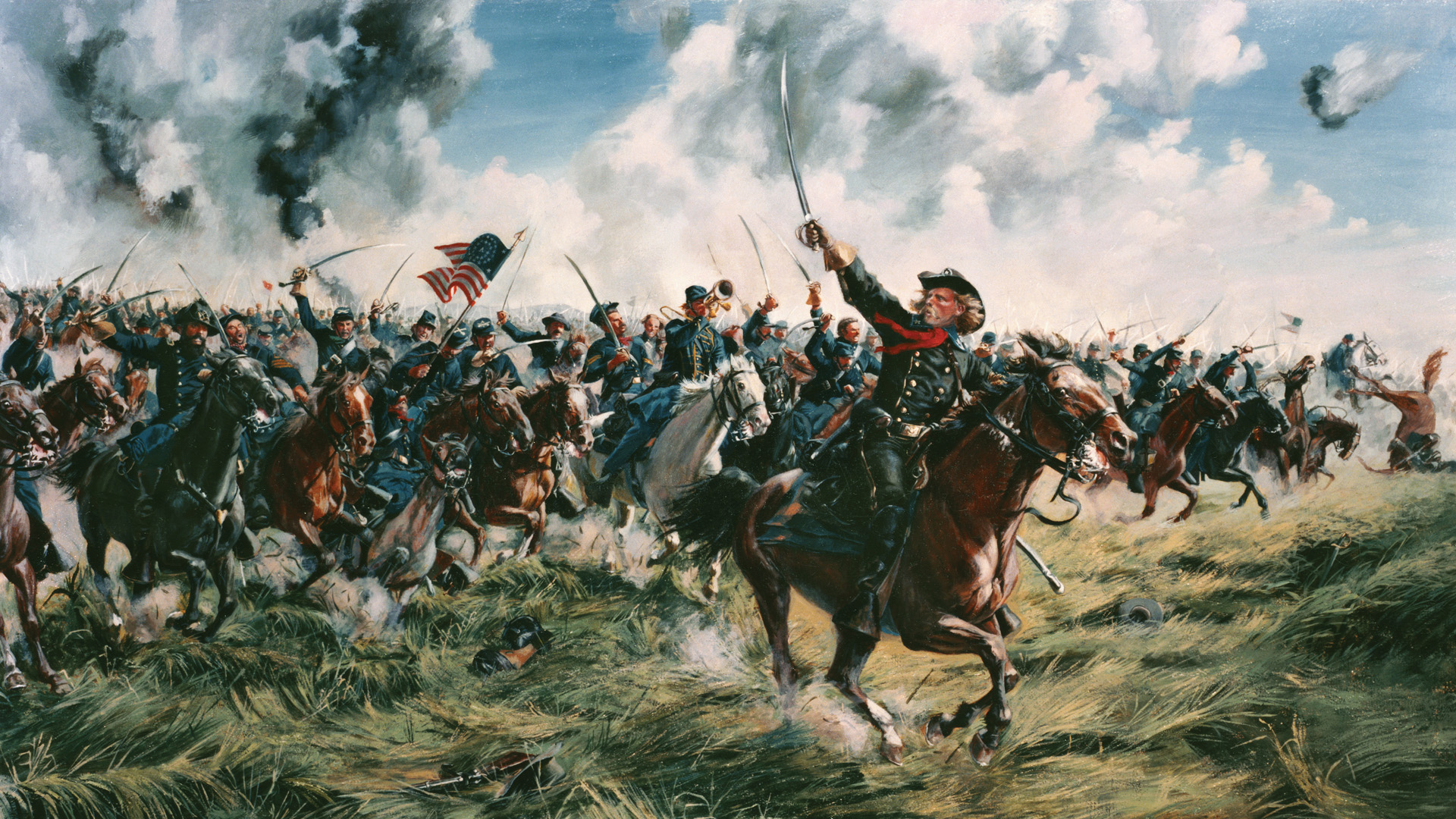
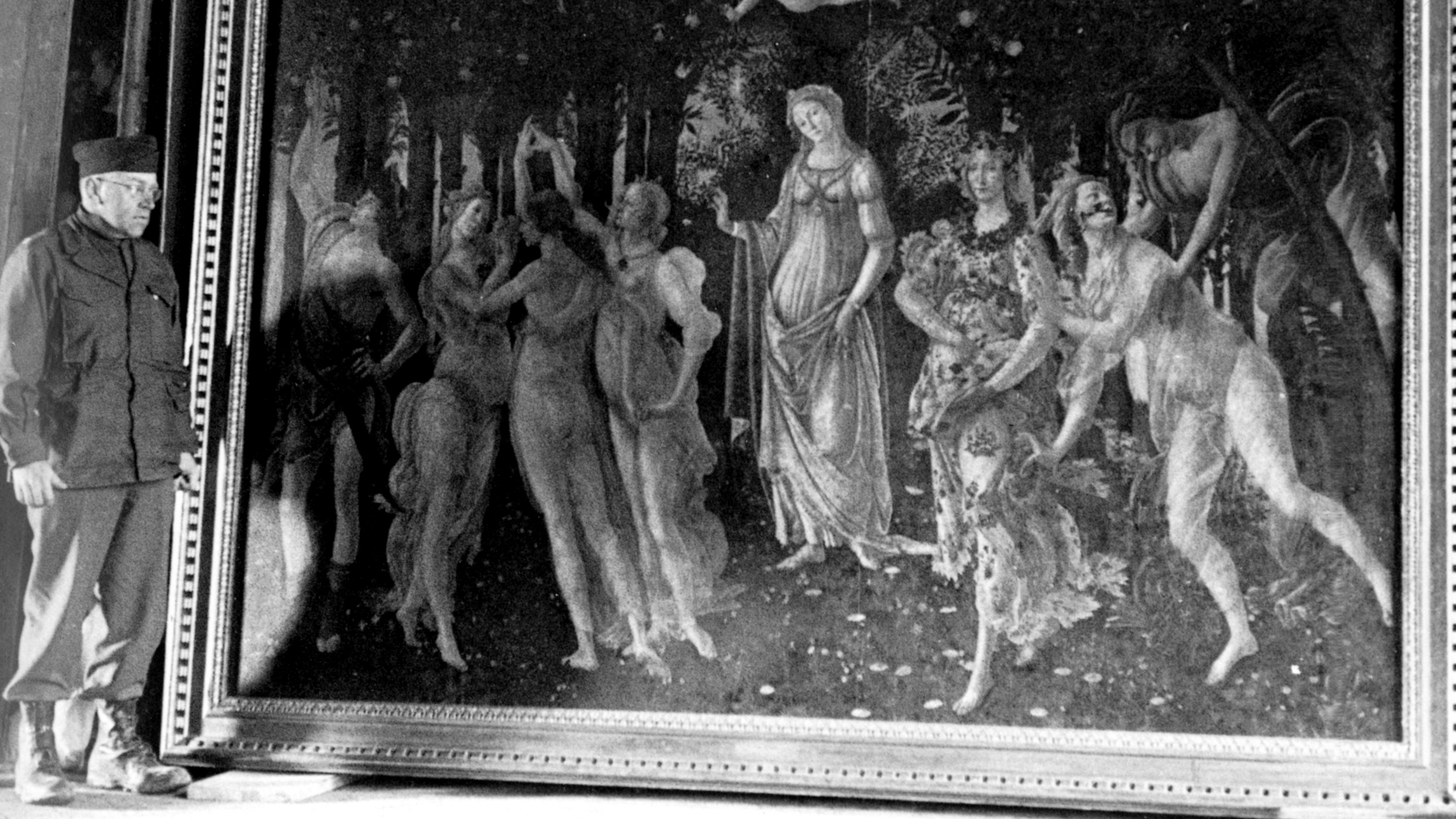
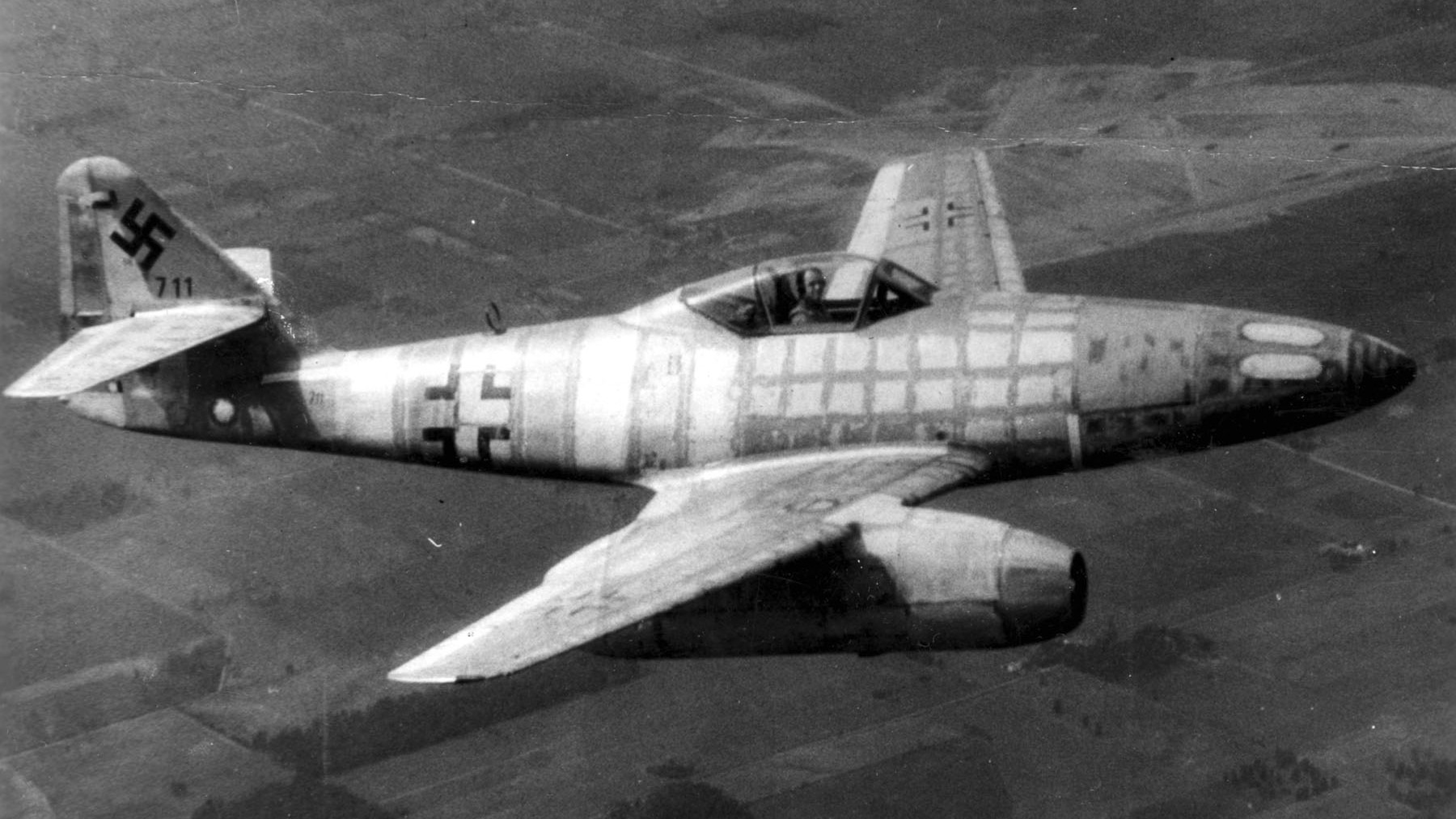
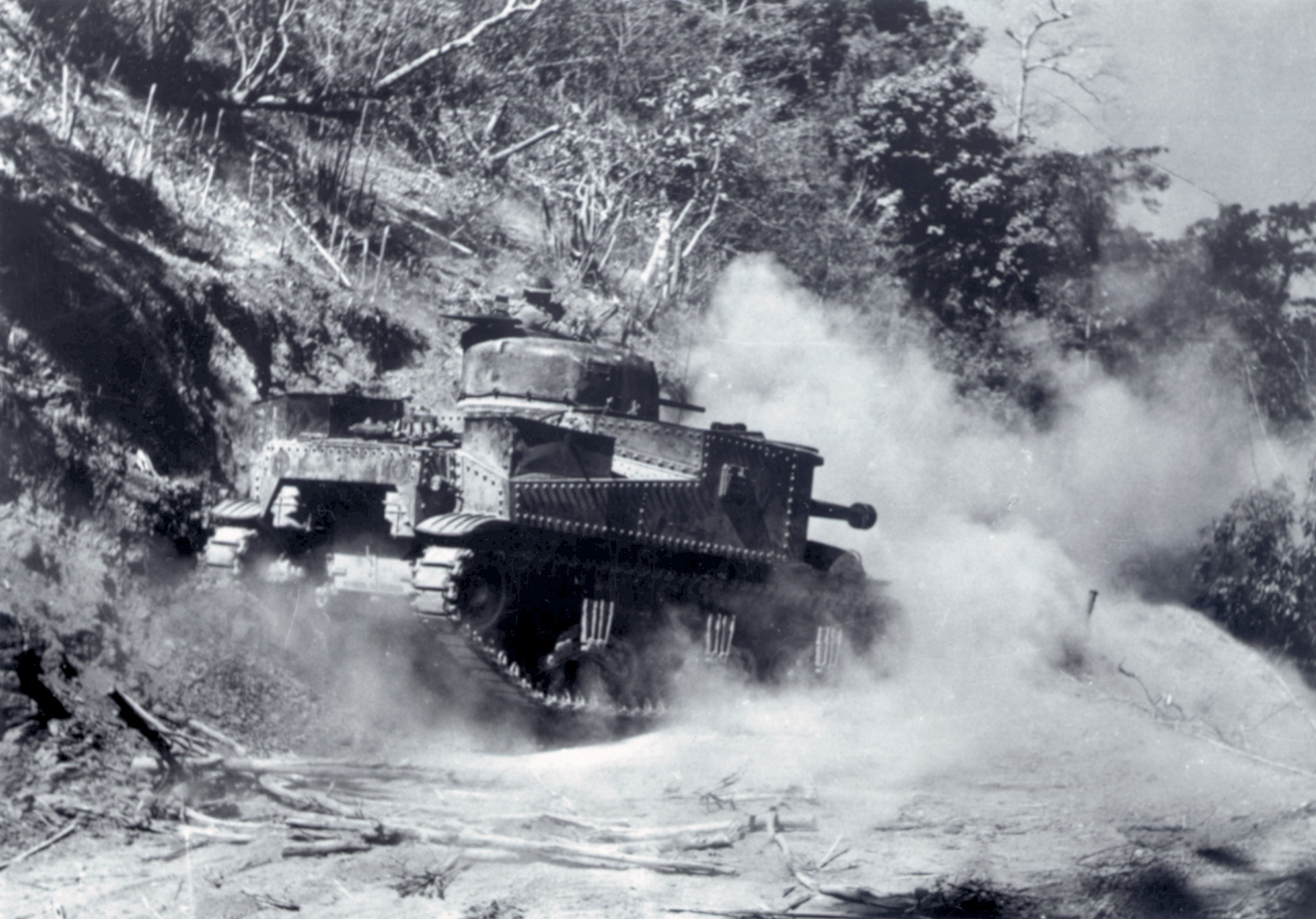
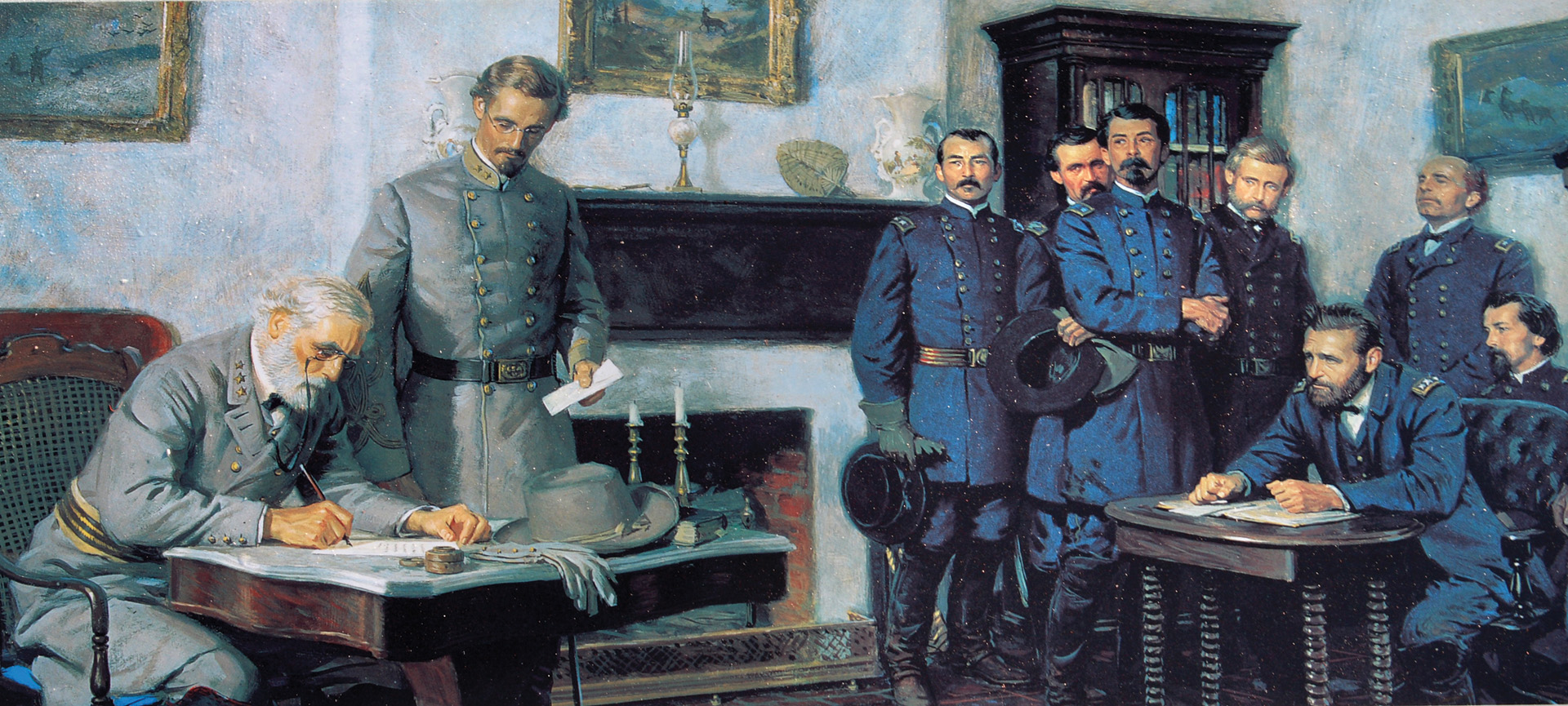
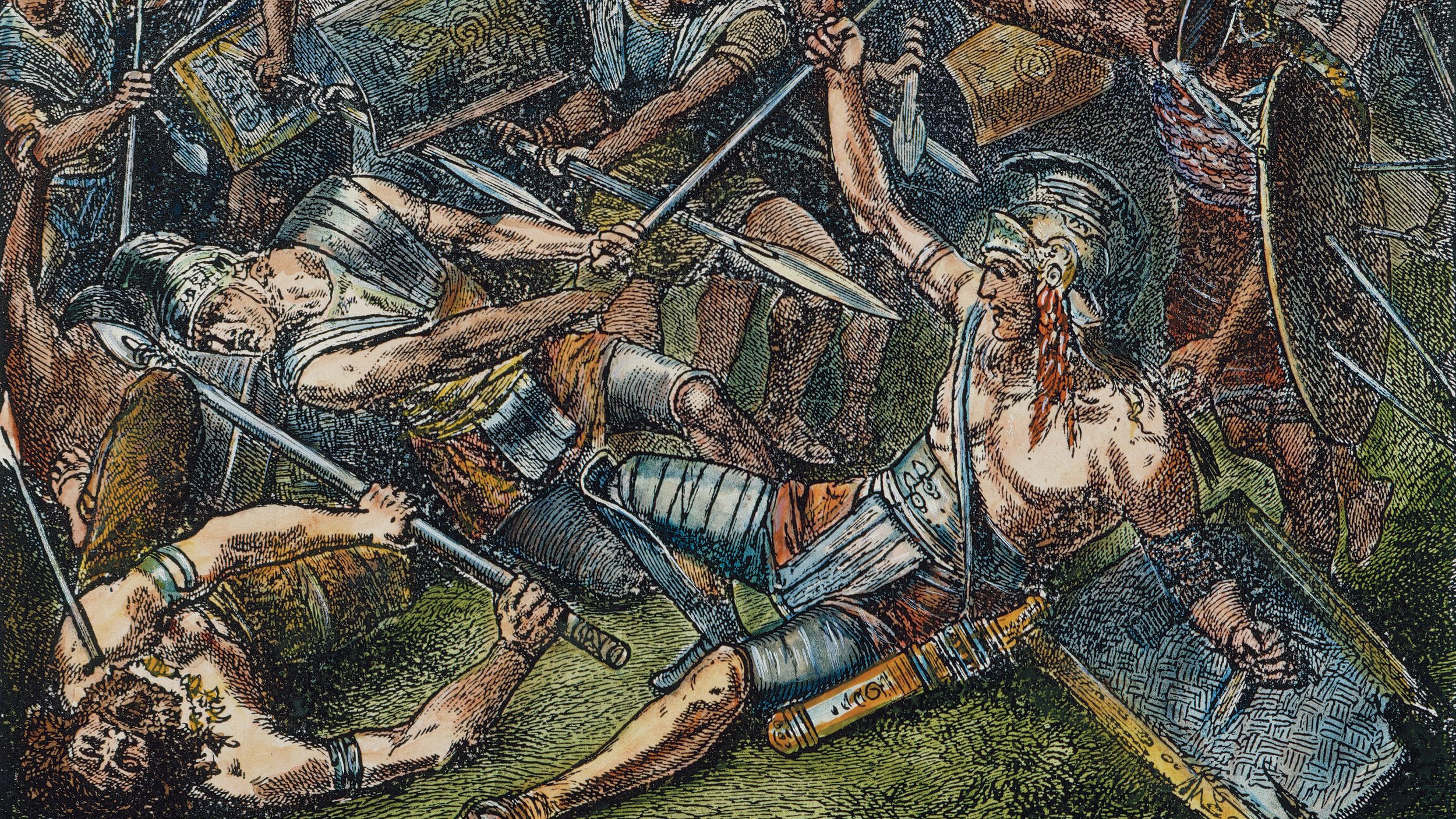
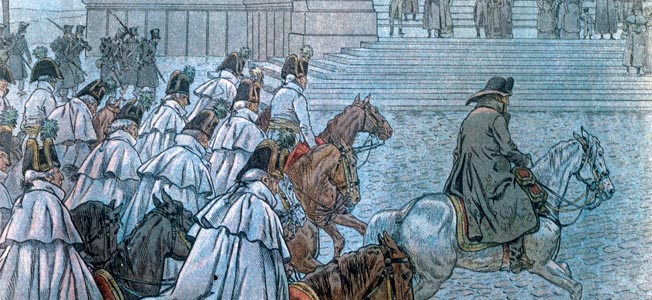

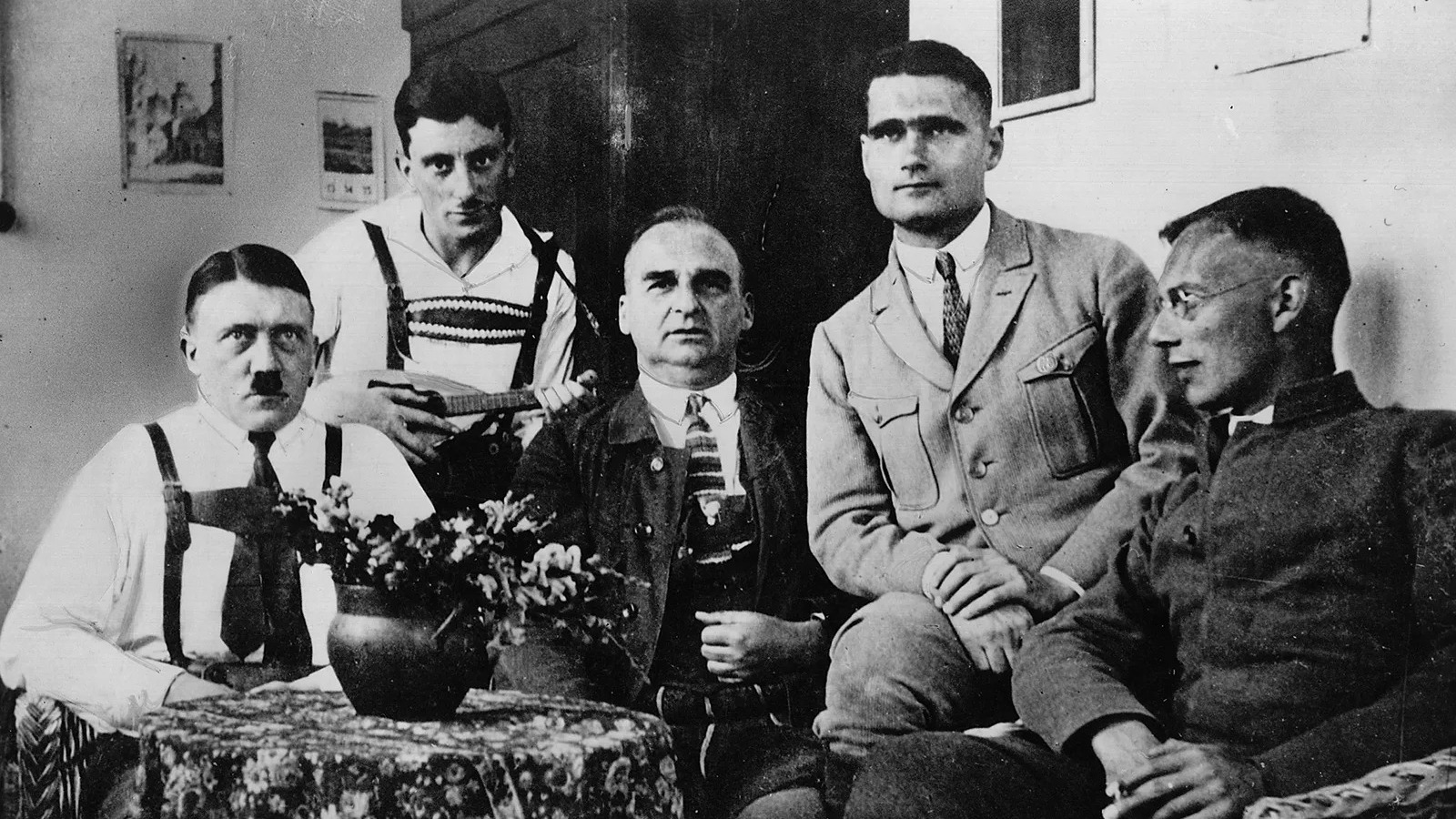
Join The Conversation
Comments
View All Comments